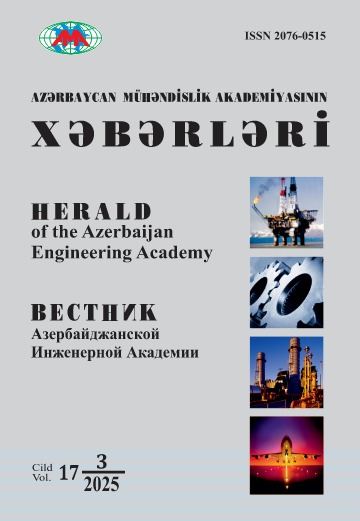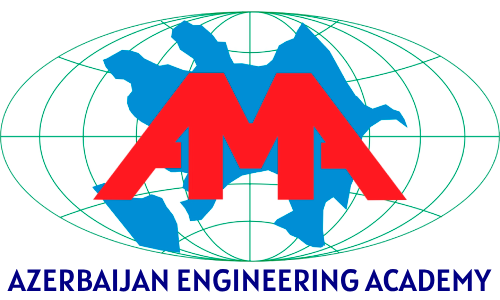Calibration of KA-14 LIDAR to Measure the Fluorescence Spectra of Oils Extracted in Various Zones
DOI:
https://doi.org/10.52171/2076-0515_2022_14_02_15_19Keywords:
laser sensing, LIDAR, fluorescence, oil pollutionAbstract
Laser sensing methods have been used since the 60s, and since the 90s this method has reached a new level along with the reduction in the cost of the element base, and the development of computer technology and software. Currently, the laser sensing method has been recognized as one of the most modern active methods of remote sensing of environment. KA-14 LIDAR (Light Detection and Ranging) developed at the National Academy of Aviation was successfully tested for the detection of oil pollution, and based on the analysis of fluorescence spectra of detected oil spills, distinctive features were observed between the spectra of oil samples extracted in the zones of the Absheron Peninsula. To create a database based on the spectra of various oil samples belonging to various Oil-Gas-Production Companies (OGPC), the KA-14 LIDAR calibration process was carried out, and the fluorescence spectra of the mentioned samples were measured using the calibrated KA-14 LIDAR. The database that will be created based on these results can be used to determine to which Company of the Absheron Peninsula the identified oil leak belongs to.
Downloads
Published
How to Cite
Issue
Section
License

This work is licensed under a Creative Commons Attribution-NonCommercial 4.0 International License.



